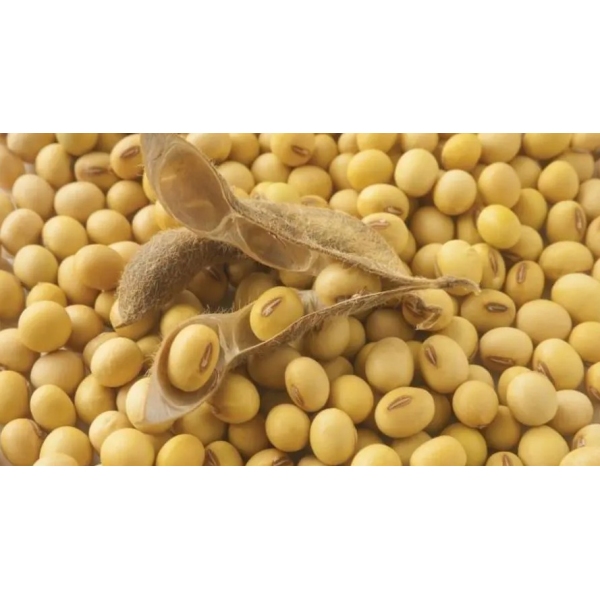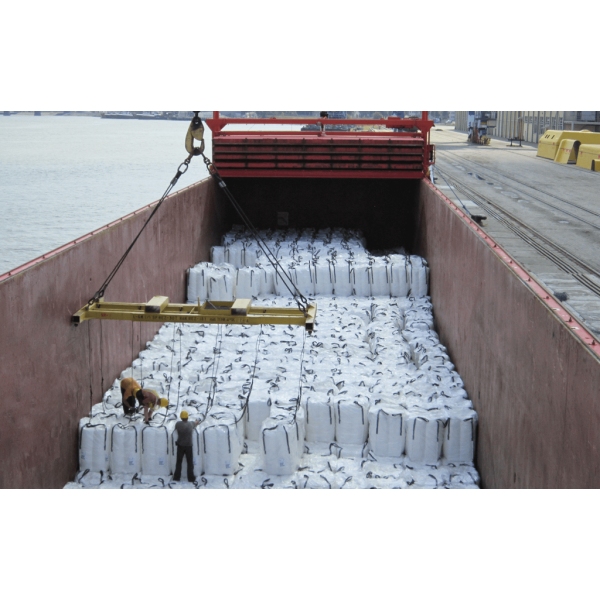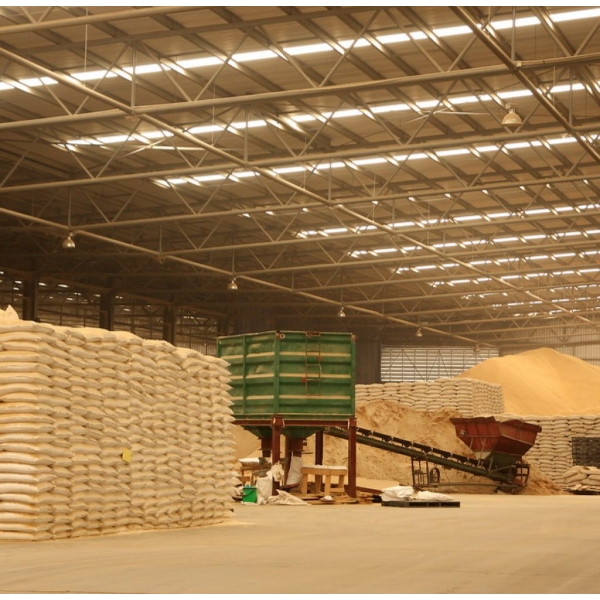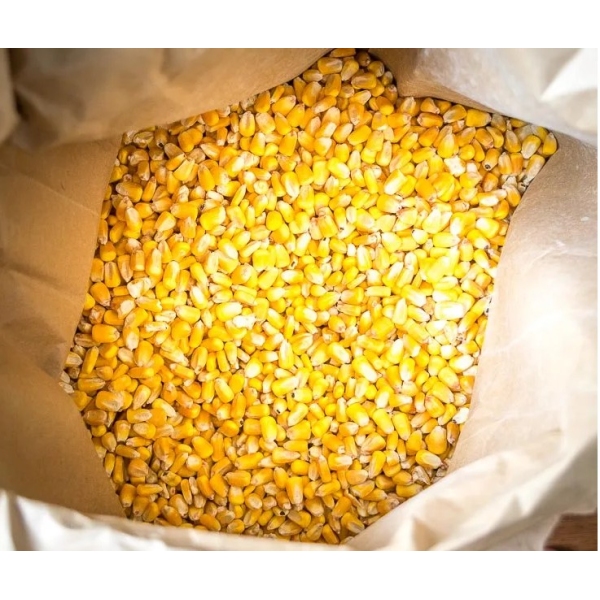- Product Details
Soybean Soya Bean Soja
PRODUCT NAME: NON GMO SOYBEAN
PRODUCT SPECIFICATIONS
Weight test: 54 lbs. for bushel min
Moisture Maximum 13.5%
Protein Minimum 34.0%
Oil Minimum 18.0%
Damaged Kernels Maximum 3.0%
Heat Damaged Kernels Maximum 0.5%
Foreign Material Maximum 2.0%
Splits Maximum 20.0%
Soybeans of other color Maximum 2.0%
Aflatoxin (B1, B2, G1, G2) Maximum 30 PPB]
Unfolding: 20% max
Grains: 3% max
Free fatty acids: 1% max
Uncolored Beans: 2% max
Brazil Soybean Production
Brazil is projected to retain its position as the largest soybean producer over the next decade. In the 2020/21 season, Brazil produced a record of 4,994 million bushels of soybeans, up 8.9% from last season’s record crop of 4,587 million bushels, according to data from the National Supply Company. The area harvested this season is also at a record of 95.16 million acres, up 4.2% from last season. The growth Brazilian acres are expected to be continue higher than the United States and Argentina, two of the other major producers of soybeans. In addition, recent advances in logistics, such as on the railroad called the North-South, should create opportunities to improve competitiveness in the transportation sector.
Brazil Soybean Production Growth Forecast
In recent years, Brazil surpassed the United States as the world’s largest soybean producer. In the future, Brazils grain production is projected to outpace that of the United State. The Ministry of Agriculture, Livestock and Supply (MAPA) projects that Brazil will produce 5,751 million bushels of soybeans in 2030, an increase of 15.2% compared to the 2020/21 crop (see Figure 1). In the United States, production should reach 4,905 million bushels in 10 years, an increase of 18.6% in the same period, according to the U.S. Department of Agriculture (USDA). Brazilian soybean acreage is expected to grow 27% in the next 10 years, reaching 116 million acres, according to MAPA. Meanwhile, the USDA expects that the planted area in the U.S. will reach 90 million acres in 2030, an increase of 8.3% in 10 years. The growth rate of soybean planting in Brazil in the coming years will be lower than in the last decades, when there was an large increase in production. Currencies have played an important role in soybean competitiveness in recent years, as the strength of the U.S. dollar has resulted in higher margins in South America. The Brazilian soybean 2020/21 crop, for example, produced the highest profits in the nation’s history because of low domestic supplies and the depreciation of the Brazilian real relative to the U.S. dollar. Worldwide, costs, profit margins, logistics, and land availability will be key factors in determining future soybean production.
The state of Mato Grosso is the largest producer of non-GMO soybeans in Brazil, yielding nearly 50% of the national production, followed by Paraná, Goiás, and Mato Grosso Sul. In Mato Grosso, 491.6 thousand hectares will be seeded with conventional soybeans, a 34.6% growth in acreage compared to the last crop, pegged at 365.2 thousand hectares. The non-GMO soybean acreage in Brazil is expected to increase over the 2022/23 crop. The Instituto Soja Livre, the non-GMO branch of the National Association of Soybean Farmers (Aprosoja), projects the total non-GMO area at 986.2 thousand hectares, or 2.4% of the total national soybean production, figures that may still see further increases, only limited by the availability of non-GM seeds in the market. The 2022/23 crop is expected to see growing non-GMO soybean acreages across the whole country. Mato Grosso, the largest producer at the state level in Brazil, will have the local non-GMO production increase by 34% over last year.
USA Soybean Production
In 2022, an estimated 4.3 billion bushels of soybeans (or soya beans) were produced in the United States, a decrease of almost 200 million bushels compared to the previous year. The United States is the world's leading soybean producer and the second-leading exporter. Soybeans comprise about 90 percent of U.S. oilseed production, while other oilseeds - including peanuts, sunflowerseed, canola, and flax - make up the remainder.
TOP 11 USA SOYBEAN PRODUCING STATES
|
Production Rankings: 2021
|
||
| Rank | State | Production (M bu) |
|---|---|---|
| 1 | Illinois | 672.6 |
| 2 | Iowa | 621.9 |
| 3 | Minnesota | 356.3 |
| 4 | Nebraska | 350.9 |
| 5 | Indiana | 335.6 |
| 6 | Missouri | 276.9 |
| 7 | Ohio | 275.7 |
| 8 | South Dakota | 215.6 |
| 9 | Kansas | 189.6 |
| 10 | North Dakota | 181.6 |
| 11 | Arkansas | 153.5 |
USA State Soybean Production – 2021
GMO vs NON-GMO Soybean
Currently, there are 2 types of soybeans, namely GMO soybeans, and non-GMO soybeans. GMO soybeans are soybeans that have undergone genetic engineering for a specific purpose. Non-GMO soybeans are soybeans that do not have genetic engineering and still have natural properties.
USE OF SOYBEANS
Just over 70 percent of the soybeans grown in the United States are used for animal feed, with poultry being the number one livestock sector consuming soybeans, followed by hogs, dairy, beef and aquaculture. After harvest, soybeans are either stored in a grain bin or sold to a processing plant, like Cargill in North Carolina. These processors are able to separate the soybean meal from the oil. When processed, a 60-pound bushel will yield about 11 pounds of crude soybean oil and 47 pounds of soybean meal. Because soy is rich in quality protein and digestible energy, most of the soymeal is turned into animal feed, by baking the protein-rich fiber that remains after the oil is removed. The remainder of soymeal is used to make some soyfoods like tofu and soy milk. The soybean oil that remains after processing out the meal has many uses including cooking oil, biodiesel and bioheat, and non-toxic industrial supplies like paints and cleaners.
Soybean Animal Feed Use
The high-protein fiber that remains after soybean oil is removed is toasted and prepared into animal feed for poultry, pork, cattle, fish, and pets. Over half of the soybeans processed for livestock feed are fed to poultry. Soy protein is increasingly found in fish food, both for home aquariums and for farm-raised aqua protein. Most marine species were fed fish meal at one time, but wild caught fish feed has become scarcer, making soyfeed a more sustainable and affordable choice.
WIDE USES OF SOYBEAN
BIODIESEL
SOY BASED CLEANERS
SHINGLE SEALANT
NON TOXIC CRAYONS
TENNIS SHOE
CANDLES
INSULATION
SKIN CARE COSMETICS
TURF GRASS
TIRE
PAINT
DOCUMENTS
USDA Coexistence Factsheets - Soybeans
- Loading...









